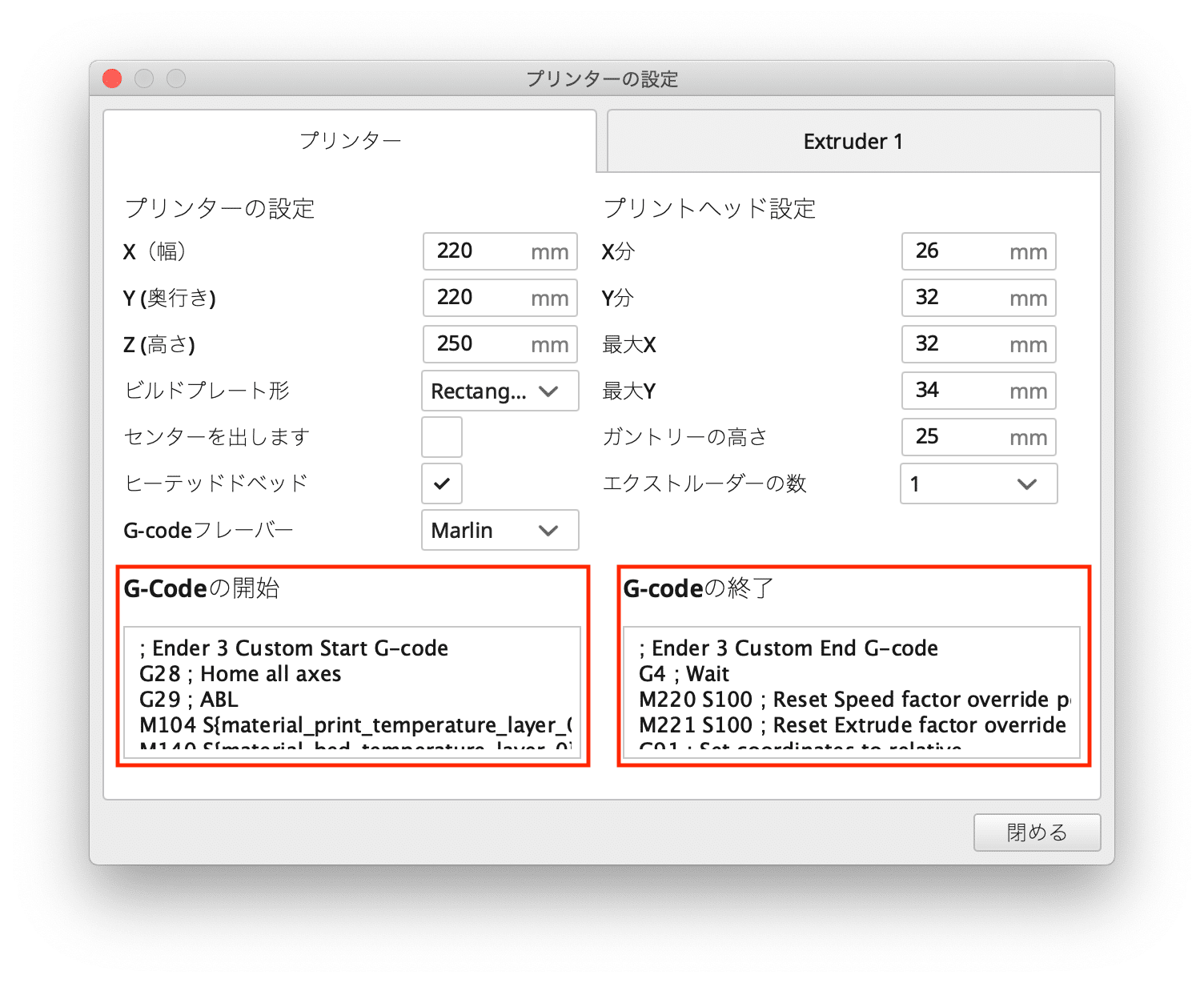


Here, supports will only start from the buildplate, so any overhang that is directly above the buildplate without any material below it will get a support.Įven if you select “Touching Buildplate”, you may find that Cura has unnecessarily inserted some supports. That’s why you will typically choose option 2: “Touching Buildplate”. Most of the time, you don’t need to be so aggressive with supports. So if you were printing a part that had a hole for a bolt on a vertical wall, the hole would get filled with a support structure. If you select “Everywhere”, any part of the model that has a slight overhang will get supports. Here, you have two options: “Everywhere” or “Touching Buildplate”. Under “Generate Support”, you’ll be able to choose where the supports will be located. You can tweak the settings to change how aggressive or conservative the supports are. Where will the supports go?Ĭura automatically generates support wherever it thinks supports should go. To start, go to Supports and click “Generate Support”. Now you should be able to see Support settings.

#Ultimaker cura ender 3 software
To fix this issue, slicing software uses a feature called supports. If a model has overhangs or protruding parts, the 3D printer will not be able to print those areas correctly because there will be no base for that part of the model to be laid upon. One of the limitations of 3D printing is that all objects must have a base upon which they’re built.
#Ultimaker cura ender 3 how to
Learn how to configure Cura support settings in this easy-to-follow guide.įDM 3D printers work by putting down layer upon layer to build a model. Cura is a very powerful slicer that has many support settings you can customize to get the results you want. Supports are essential components to 3D print certain types of models.


 0 kommentar(er)
0 kommentar(er)
